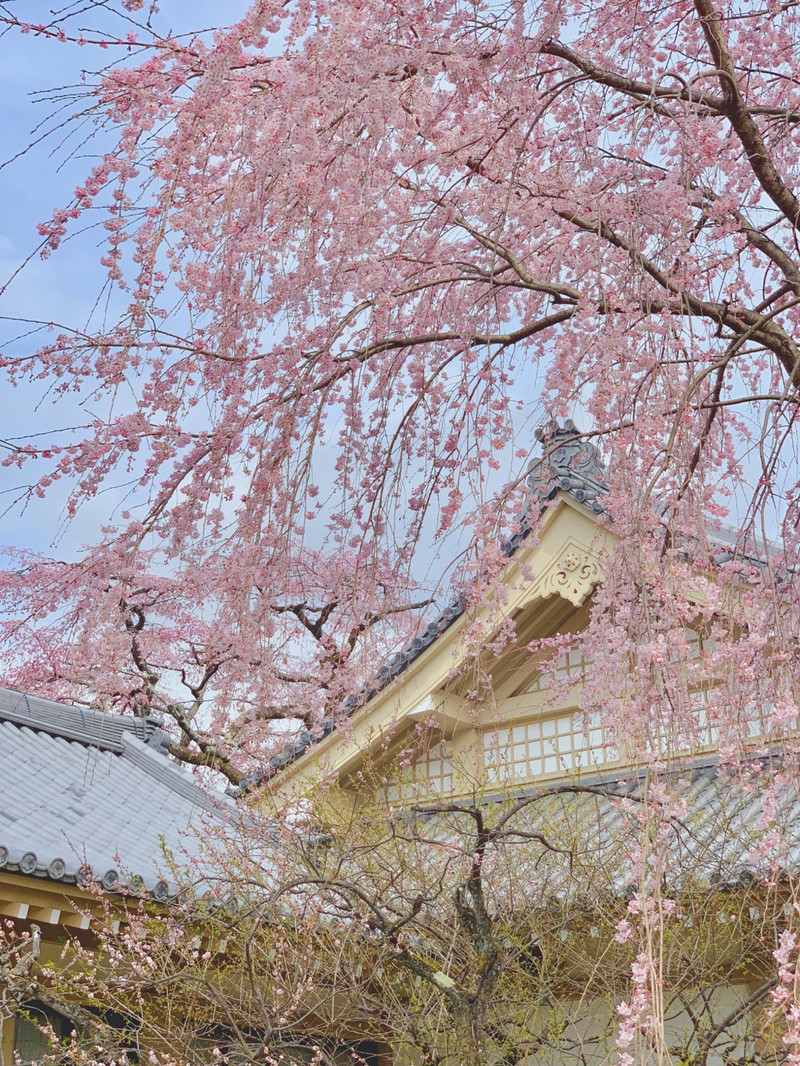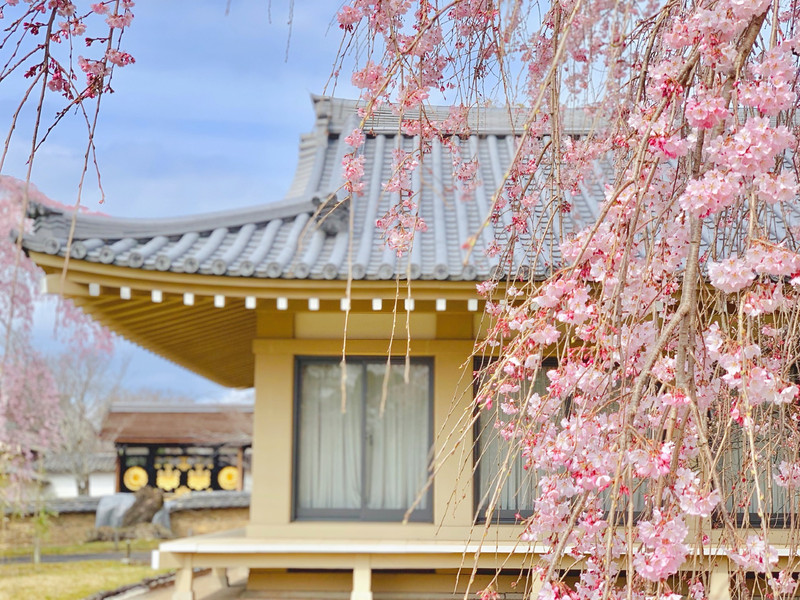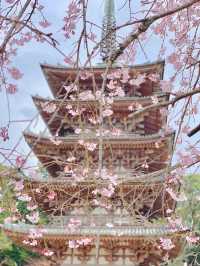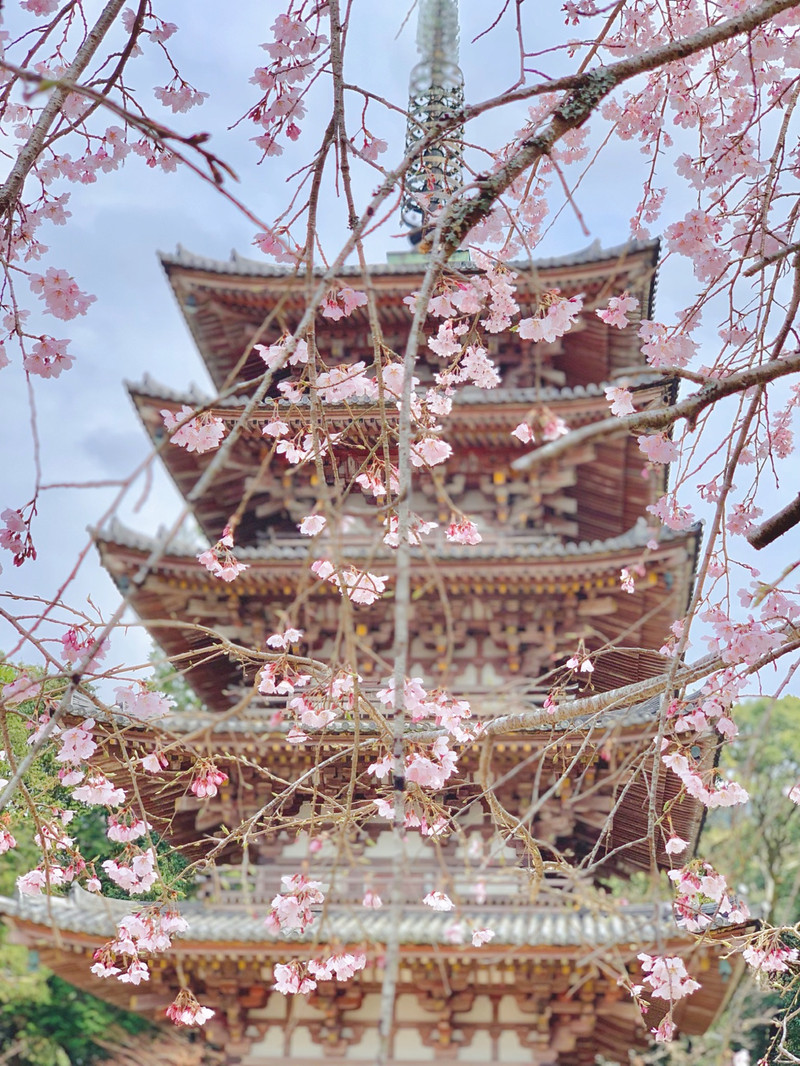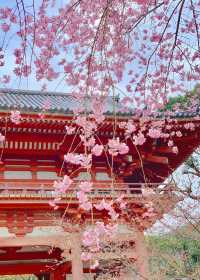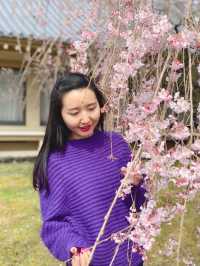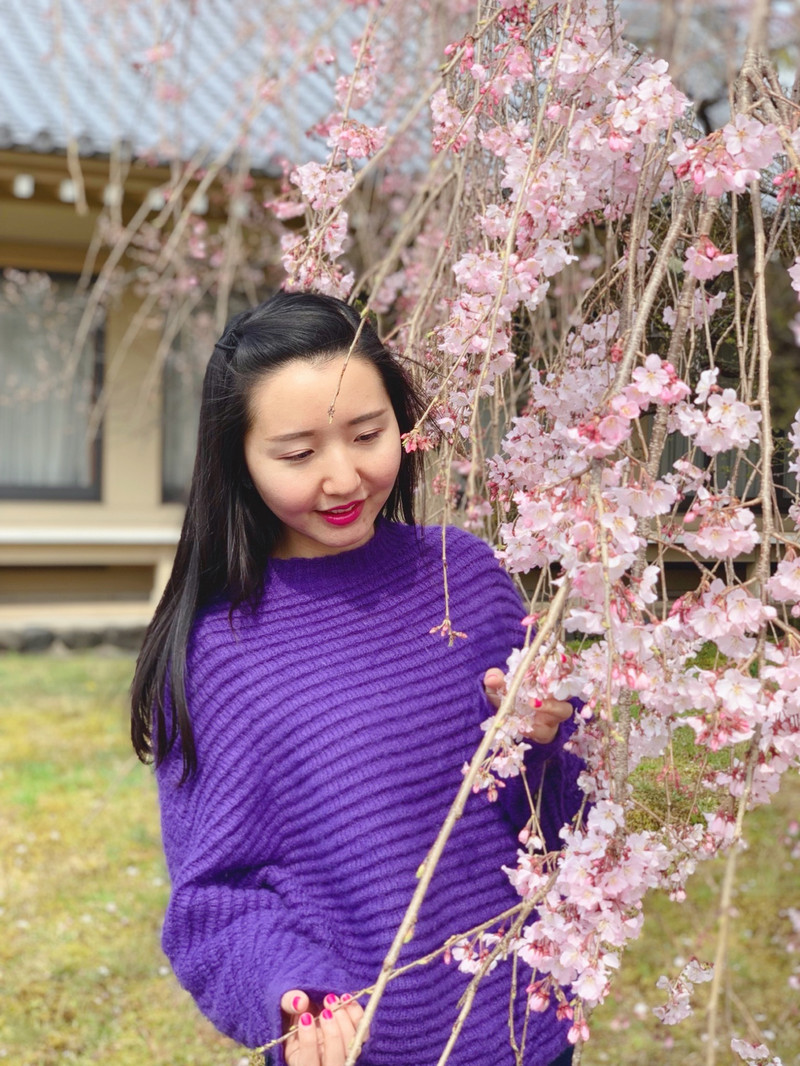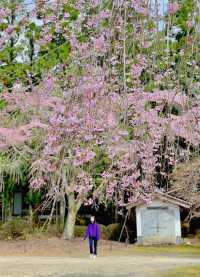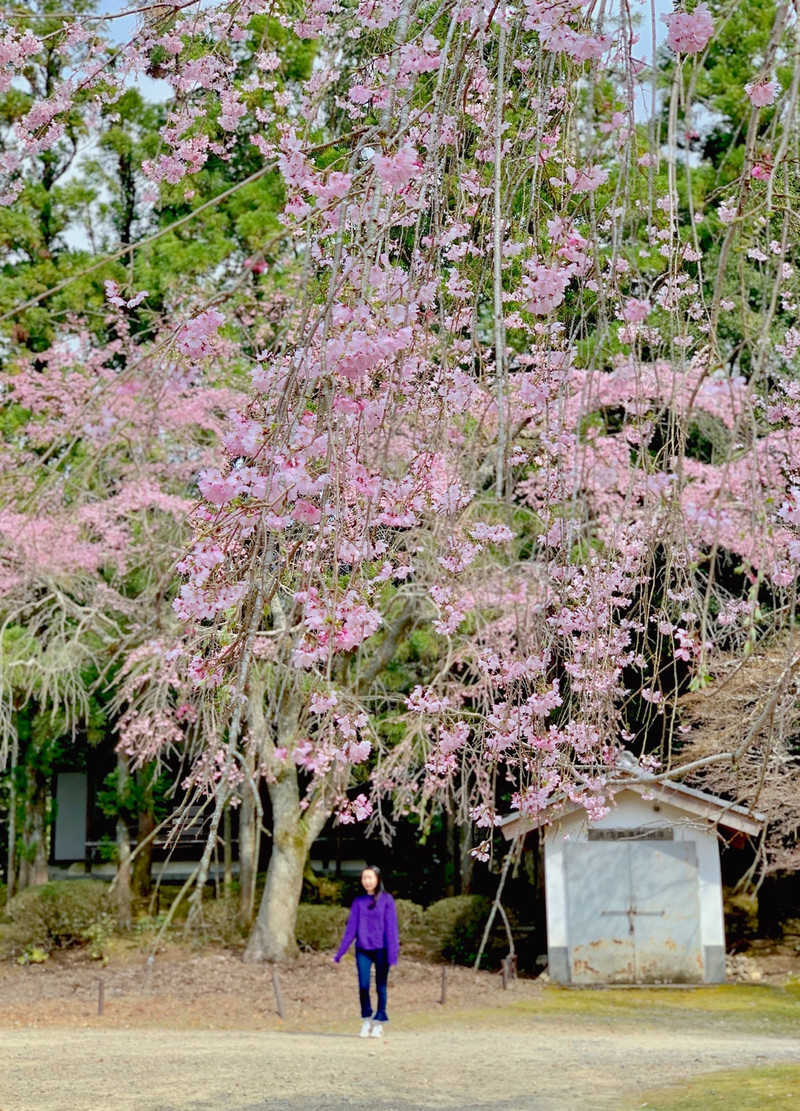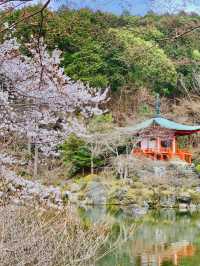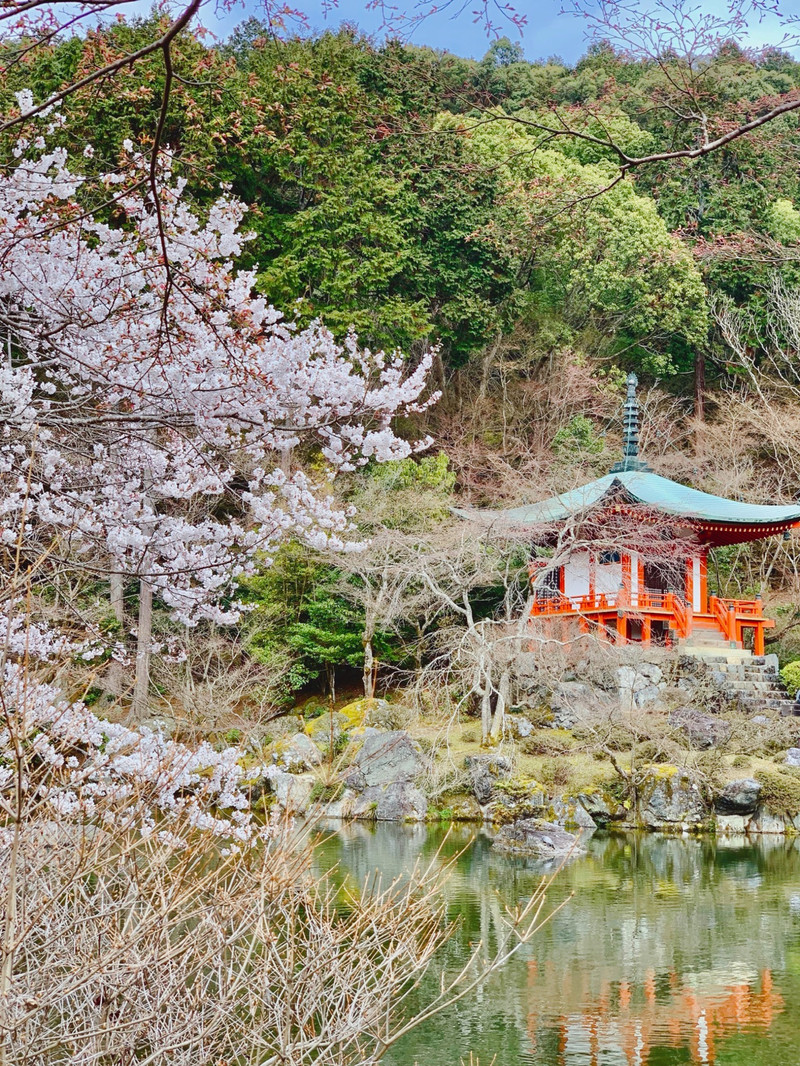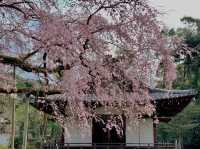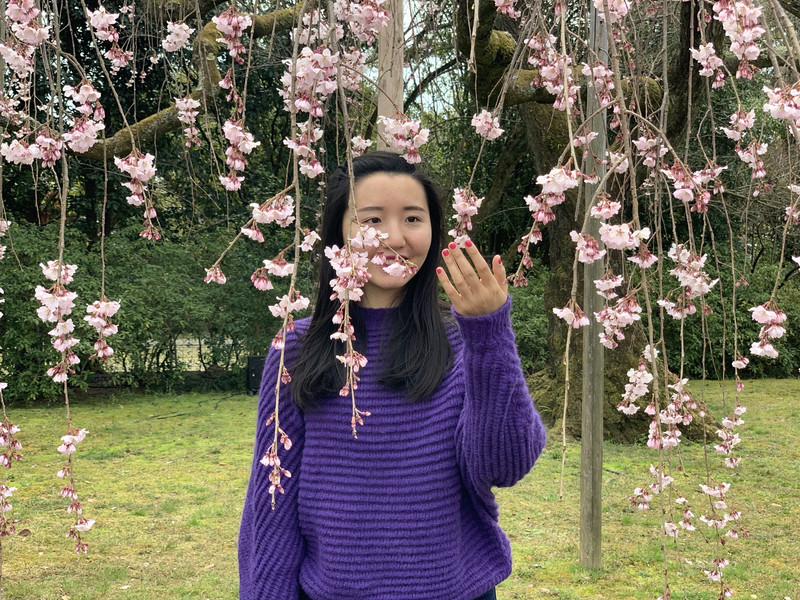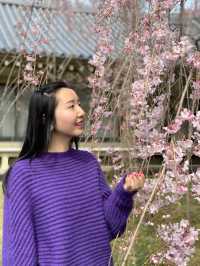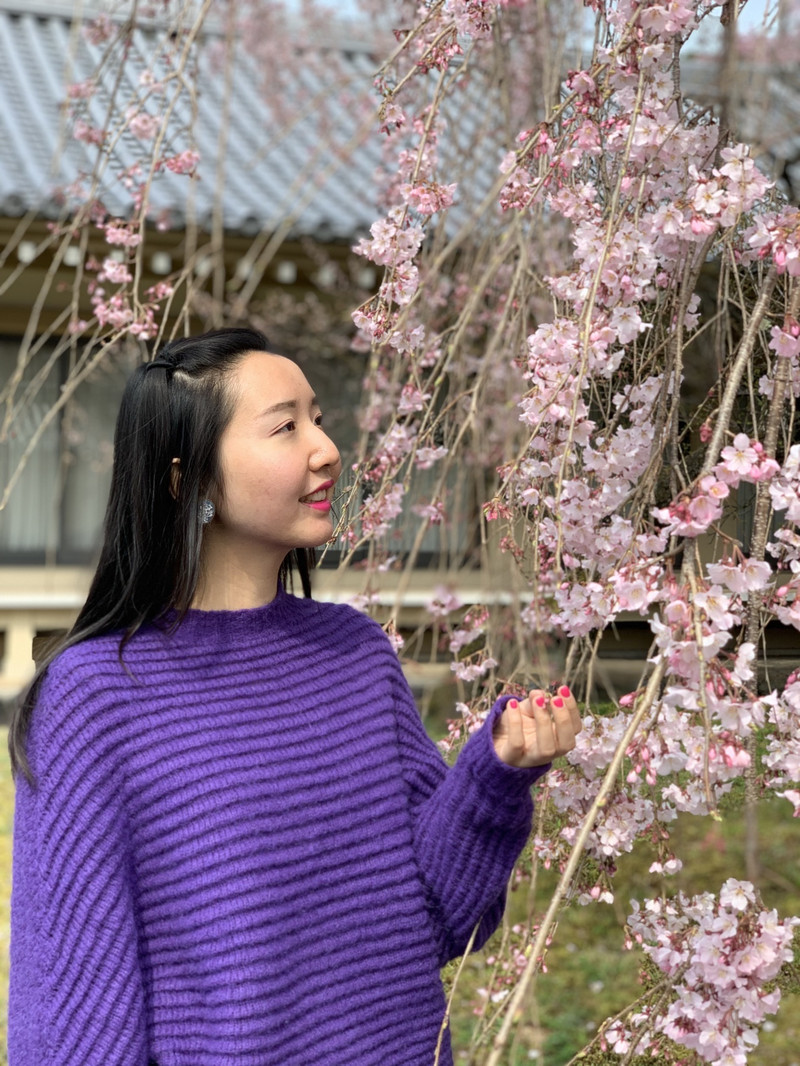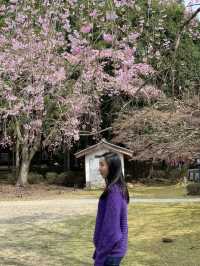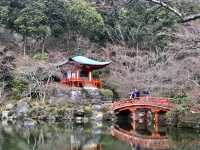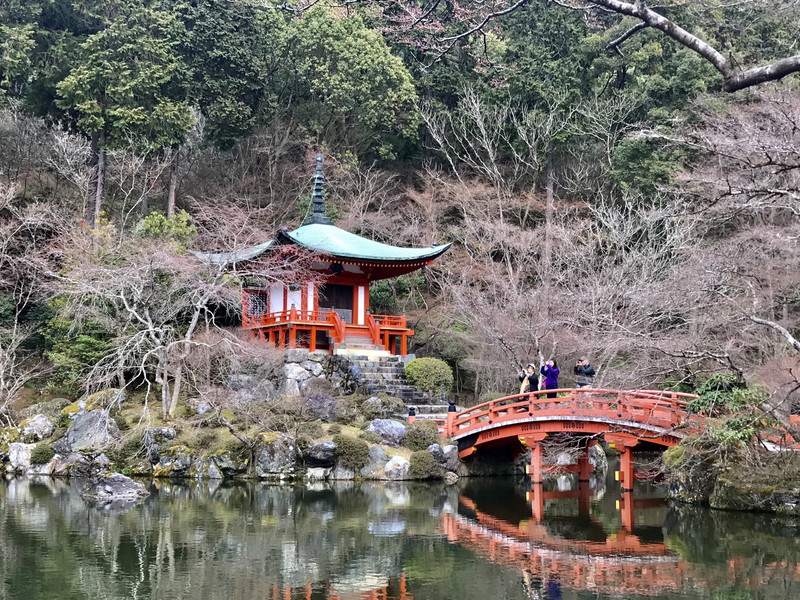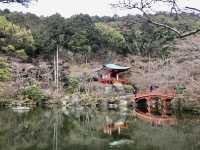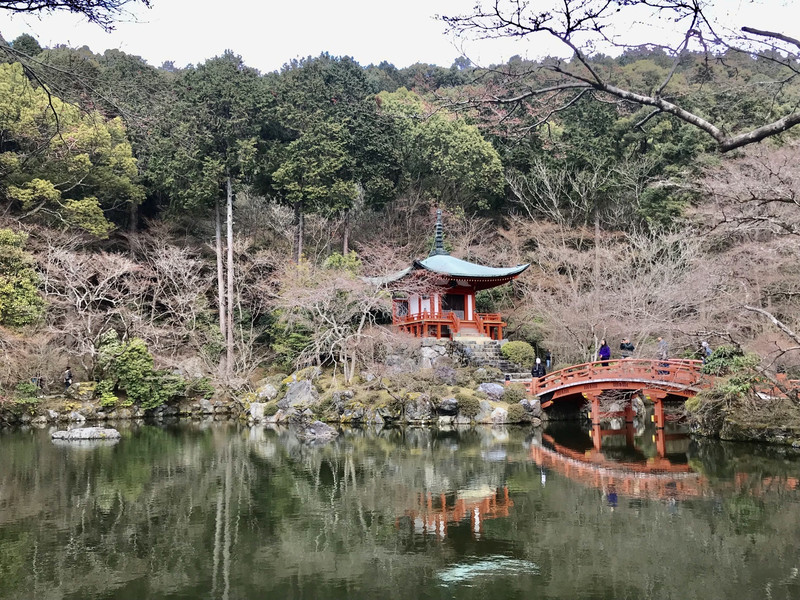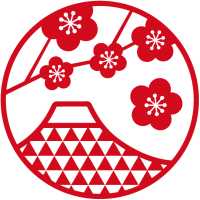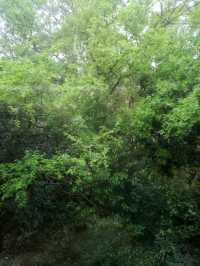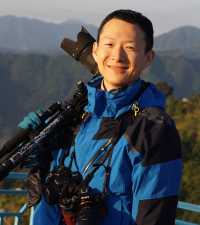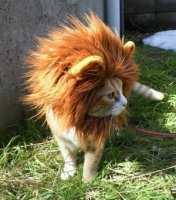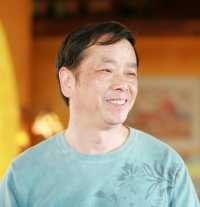At the beginning, I was still prepared to look at the entrance of the temple with a fluke. Finally, I found that if you don't buy a ticket to enter the temple, you can't see the cherry blossoms at all. The most beautiful hanging branches are in the temple, so I still buy a ticket to visit. To the temple, you can take the subway east-west line, get off at the station, and then walk for about 20 minutes. The scenic spot of the temple is divided into three tubes, you can buy a pass, or you can choose to buy it freely. The joint ticket for the three museums is 1,500 yen, and you have to buy a ticket for the mountain to go to the mountain for 600 yen. The three courtyards of the temple refer to the main temple of the temple, including the Five Pagodas and the Guanyin Hall; the courtyard culture of the Sanbaoyuan part, and the museum of the Lingbao Hall part. The three parts can be bought separately, each of which is 600 yen, two are 1000, and three are 1500. The hanging branches of the temple are really beautiful, you must buy tickets to enter to see up close, don't stingy tickets. The cherry blossoms of the temple are not the kind of rows of cherry blossom trees formed by the flower sea, it is more reflected in the quality, the layout, and the Japanese garden scenery complement each other, the flowers have scenery and flowers. The branches of the cherry blossoms are usually very large, because the crown is too large, many branches will be fixed by artificial support, the pink cherry blossoms are wonderfully down, and the many national treasure-level buildings of the temple are intersected and beautiful. The temple is famous for the grand "flower viewing" meeting held here by Toyoson Sukyoji, so it ranks first in Kyoto's cherry-watching resort, called "flower see". The temple is not only beautiful with cherry blossoms, but also the architectural design and courtyard layout here are also ingenious. You can stay here for most of the day slowly. Visiting the interior, some need to take off their shoes. Then there is a thousand hands Guanyin in the collection, I am particularly impressed. The first time I saw that Qianshou Guanyin had so many things in his hand, Qianshou Guanyin's appearance was very different, more like "general", because I couldn't take pictures, I think it is still worth visiting the Japanese national treasure collection indoors. Follow the Sakura Racecourse and cross the Renwang Gate to the Kalan area where the tower is full of towers. There is a Jintang with a statue of a pharmacist sitting here, the oldest wooden building in Kyoto, the quintile tower, and the 11th Tourist Temple of the 33rd Guanyin Lingchang in the Western Country. There are many other Tangyus that are very distinctive! It takes about 2 hours to visit the Temple carefully. But it is worth a visit. My first stop in Kyoto to the Temple is really worth it. The innermost Galan is the most famous red leaf attraction. Outside the pavilion is a large pool of pool water. The autumn is full of red leaves, but there are no red leaves when I go. The occasional cherry blossom tree is also very beautiful.
;
Daigo-ji Temple Review
4.6 /5160 Reviews
Popular Destinations
Vietnam Travel | Asahikawa Travel | Changsha Travel | Vientiane Travel | Switzerland Travel | Stockholm Travel | Las Vegas Travel | Colombo Travel | Tianjin Travel | Toronto Travel | Kaohsiung Travel | Zhengzhou Travel | Chongqing Travel | Wulingyuan District Travel | Taipei Travel | Rovaniemi Travel | Chiang Rai Travel | Las Pinas Travel | Wenzhou Travel | Oceania Travel | El Paso County Travel | Waldbillig Travel | Semarang Travel | Washington County Travel | Lake County Travel | Tarras Travel | Crater Lake National Park Travel | Hastings Highlands Travel | Delft Travel
Recommended Attractions at Popular Destinations
Bangkok attraction near me | Tokyo attraction near me | Manila attraction near me | Hong Kong attraction near me | Seoul attraction near me | Taipei attraction near me | Los Angeles attraction near me | New York attraction near me | Shanghai attraction near me | Kuala Lumpur attraction near me | Shenzhen attraction near me | Osaka attraction near me | Singapore attraction near me | London attraction near me | Guangzhou attraction near me | San Francisco attraction near me | Beijing attraction near me | Macau attraction near me | Bali attraction near me | Paris attraction near me | Orlando attraction near me | Jakarta attraction near me | Ho Chi Minh City attraction near me | Chicago attraction near me | Phuket attraction near me | Toronto attraction near me | Cebu attraction near me | Dallas attraction near me | Istanbul attraction near me | Seattle attraction near me
Popular Attractions
Alhambra | Ghibli Museum | Blenheim Palace | Kiztopia @ Marina Square | Humble Administrator's Garden | Baiyun Mountain | Walt Disney World Resort | Shamian Island | SEA LIFE Bangkok Ocean World | Genting Highlands | Abeno Harukas 300 | Tokyo Tower | SEA LIFE Sunshine Coast Aquarium | Skyline Luge Singapore | Yangtze River Cableway | Tonbori River Cruise | The Museum of Modern Art | The Temple of the Emerald Buddha | KidZania | Xixi National Wetland Park | Masjid Nurul Huda | Veisiejų dvaro parko uosis | Choti Kali Mandir | Cottons Park Skatepark | Zahit Yılmaz Parkı | Nageshwar temple | Mushola AL-HIDAYAH | Shri Balaji Temple | Hanuman Temple | Shiv Mandir
Popular Travelogues
Bangkok Travelogue | Tokyo Travelogue | Hong Kong Travelogue | Seoul Travelogue | Los Angeles Travelogue | New York Travelogue | Shanghai Travelogue | Kuala Lumpur Travelogue | Shenzhen Travelogue | Osaka Travelogue | Singapore Travelogue | London Travelogue | Guangzhou Travelogue | San Francisco Travelogue | Beijing Travelogue | Macau Travelogue | Bali Travelogue | Paris Travelogue | Orlando Travelogue | Ho Chi Minh City Travelogue | Chicago Travelogue | Phuket Travelogue | Toronto Travelogue
Popular Ranked Lists
Popular Family-friendly Attractions Near Dabu | Popular Local Restaurants in George Town | Popular Luxury Hotels Near Sithonia | Popular Family-friendly Attractions Near Jingtai | Top 4 Fine Dining in Hefei | Popular Family-friendly Attractions Near Jingyang | Popular Family-friendly Attractions Near Linqu | Top 4 Premium Hotels in South Sumatra | Popular Nightlife Districts in Beijing | Popular Nightlife Districts in Shanghai | Popular Nightlife Districts in Kaohsiung | Popular Nightlife Districts in Dublin | Popular Family-friendly Attractions Near Tibetan Autonomous Prefecture of Hainan | Top 17 Premium Hotels in Yixing | Popular Family-friendly Attractions Near Zhijiang | Top 8 Fine Dining in Wuhan | Top 14 Fine Dining in Suzhou | Top 16 Local Restaurants in Weihai | Popular Luxury Hotels Near Pamplona | Popular Nightlife Districts in Dublin | Popular Nightlife Districts in Taipei | Popular Nightlife Districts in Jinghong | Popular Nightlife Districts in Changsha | Top 4 Nightlife Districts in Osaka | Popular Nightlife Districts in Pattaya | Popular Nightlife Districts in Phuket | Popular Nightlife Districts in Beijing | Popular Nightlife Districts in Kaohsiung | Popular Nightlife Districts in Shanghai
Payment Methods
Our Partners
Copyright © 2024 Trip.com Travel Singapore Pte. Ltd. All rights reserved
Site Operator: Trip.com Travel Singapore Pte. Ltd. Travel License No. 02943
Site Operator: Trip.com Travel Singapore Pte. Ltd. Travel License No. 02943

